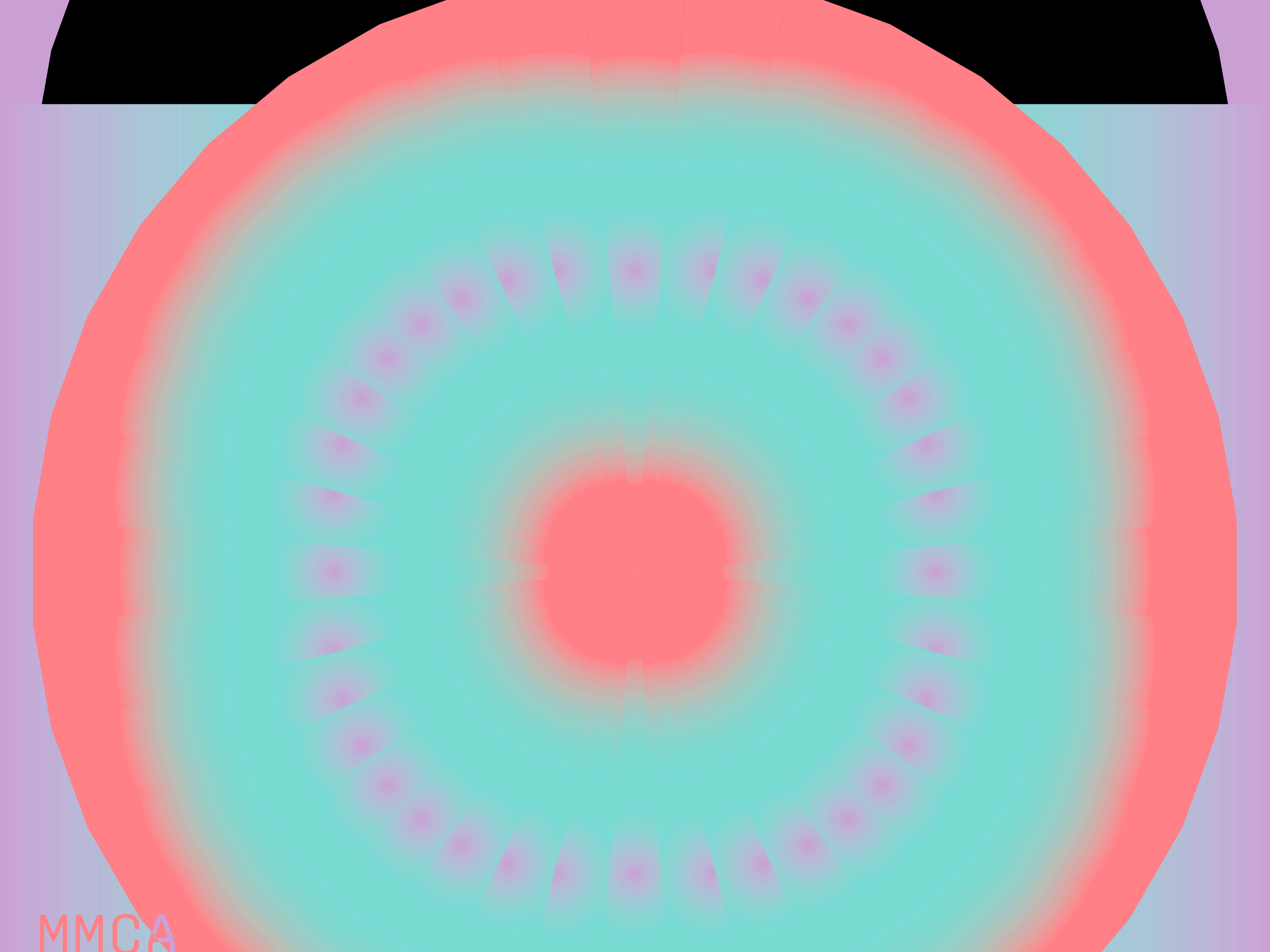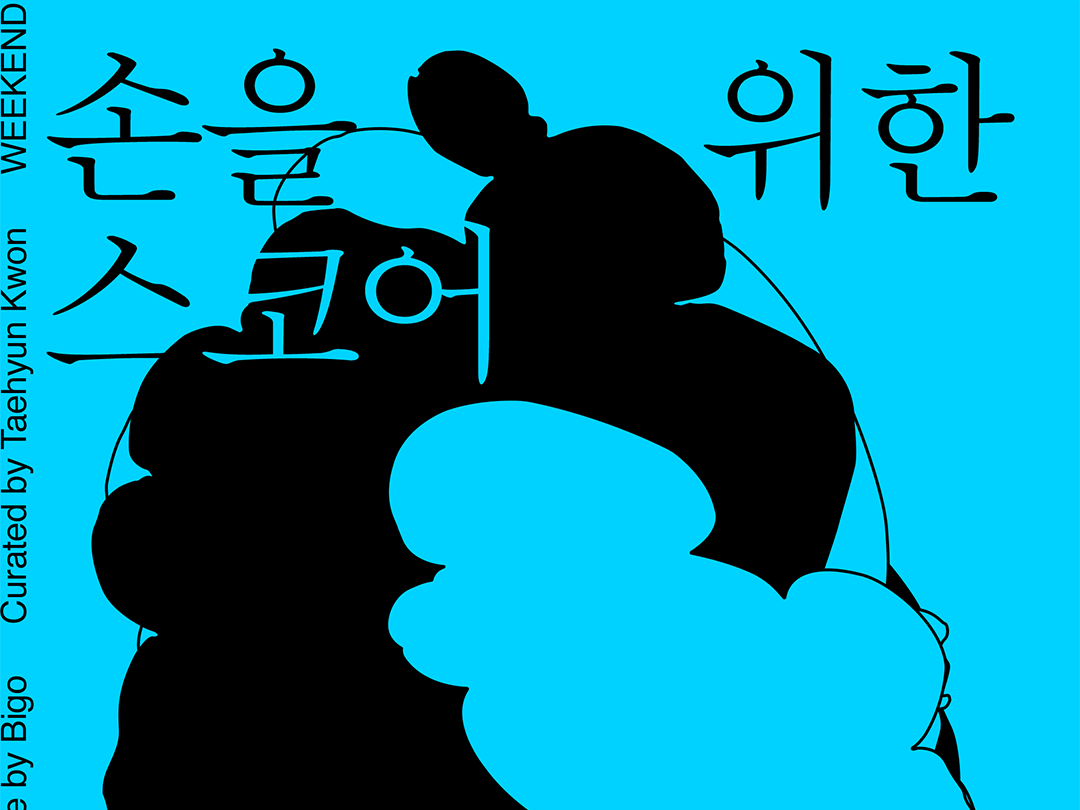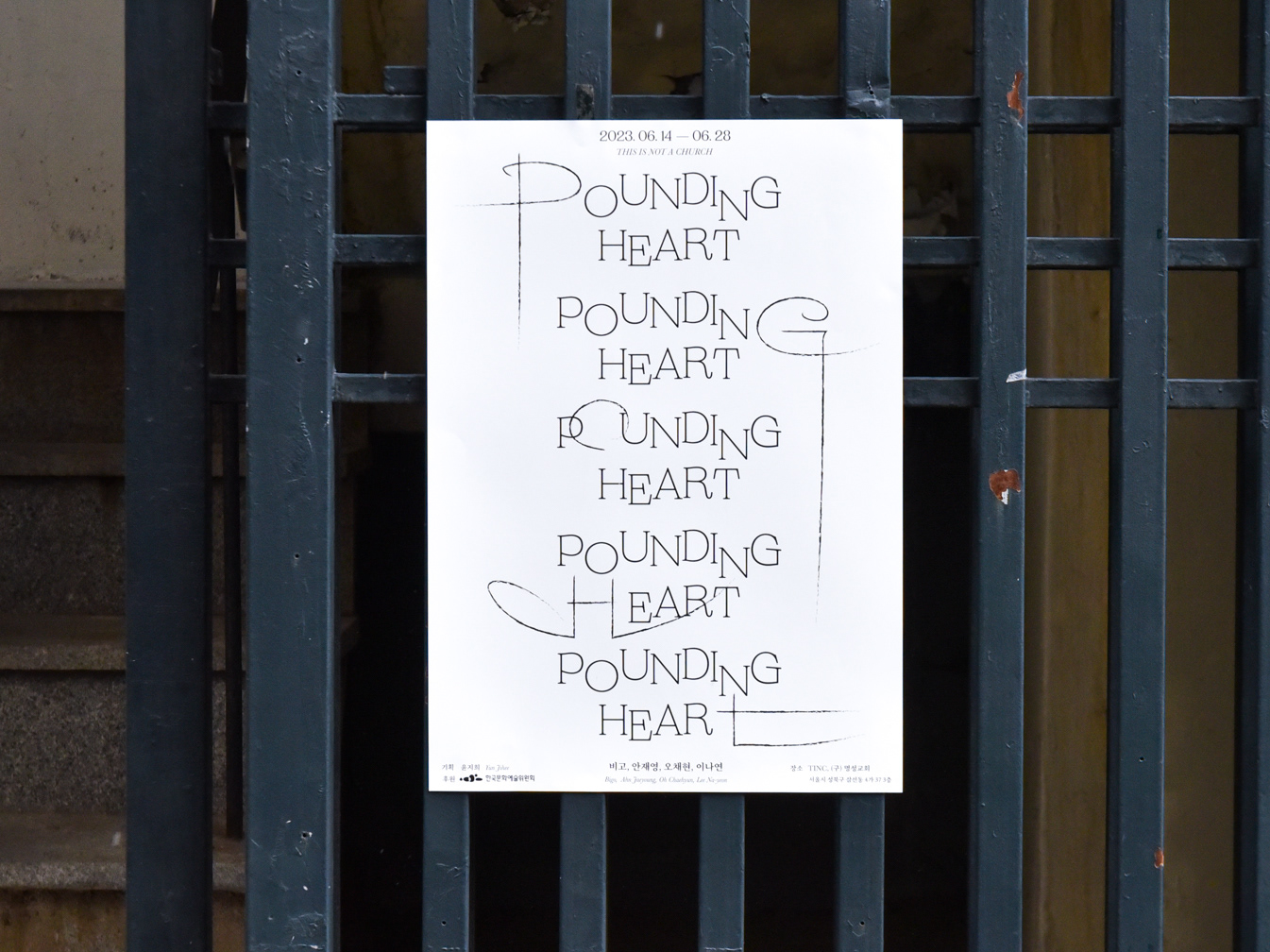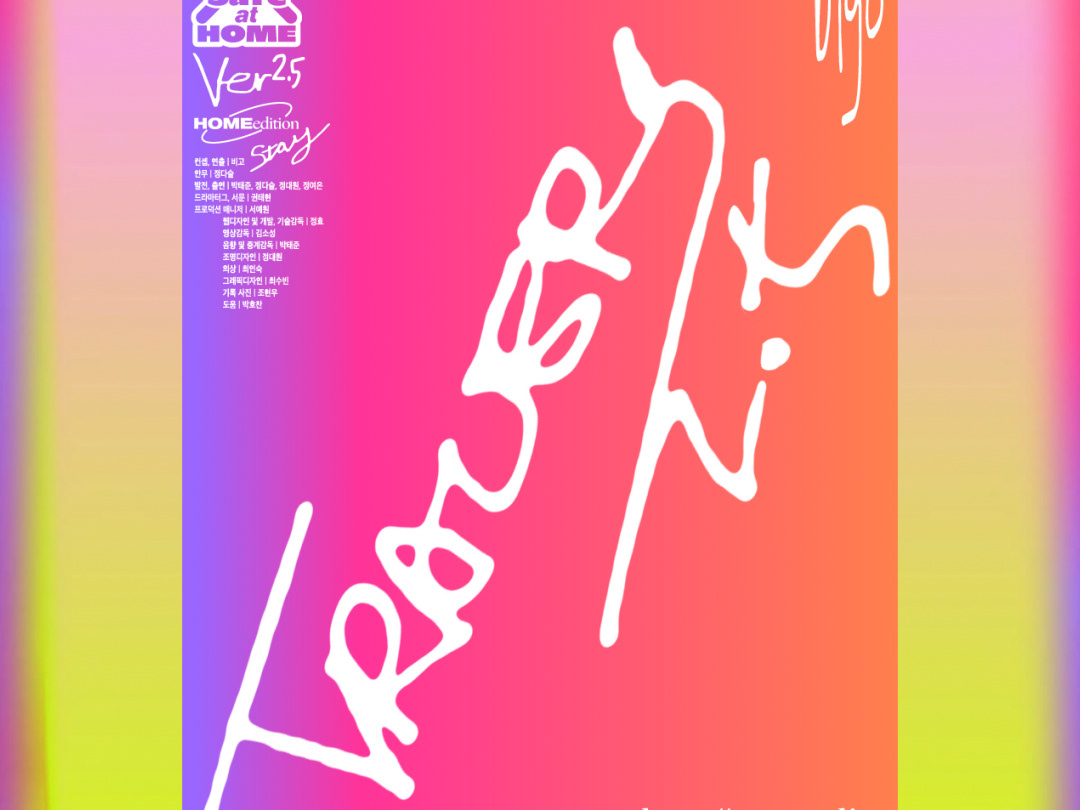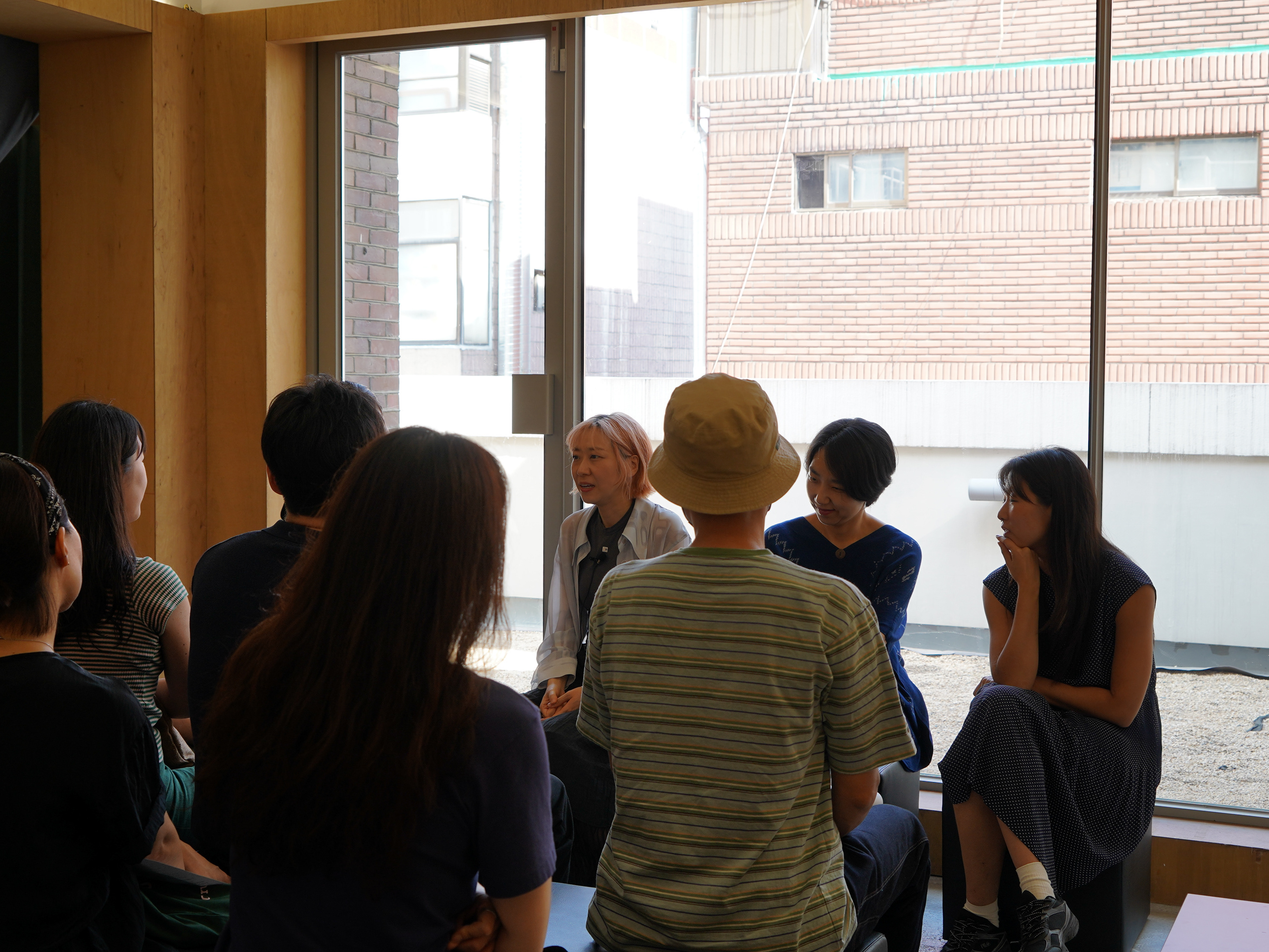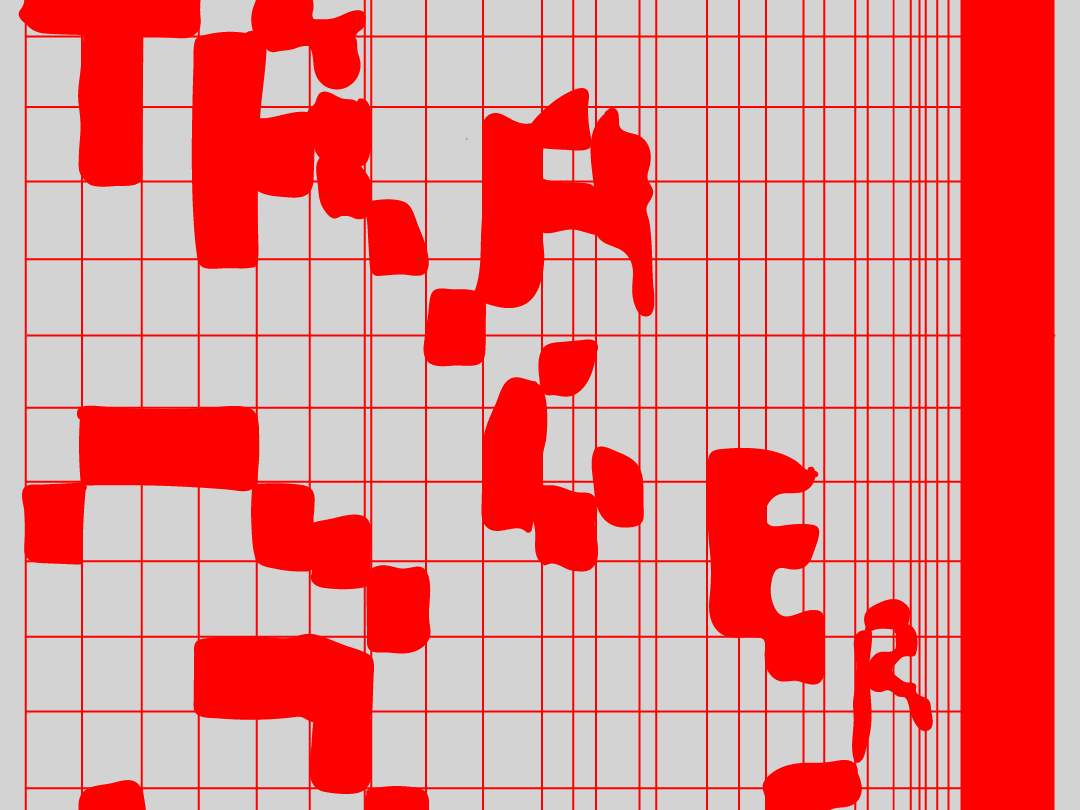Bigo examines the agency of one’s body, challenging how we communicate, understand and perceive the physique. For “Wishy-Washy Bodies”, these concepts are realized through an installation of two-channel video, sculptures and an artist book. While the term “wishy-washy” usually describes an indecisive personality, here the artist uses the word to describe the body. Collaging such a phrase, Bigo tests whether decision-making resides in the visceral flesh or is a cerebral activity. This question is further explored through a collection of objective data including the mean range of standard body sizes compiled by institutions and the artist. Within these boundaries, the artworks unfold to what extend the body expands beyond its territory.
In the performance and sculpture work entitled tOOOOOrso (2016), Bigo captures organic body parts into preset measurements to examine objectivity and experience. For this work, the artist acquired the Korean standard paper sizes and her own pseudo archetypical body size. Paper 4 Jul* (394*545mm) houses cross-sectional shape of head and shoulder whilst 8 Jul (273*394mm) contains arm and leg. While the recording of the artist’s instruction plays aloud, the participants are asked to hold the paper and penetrate the directed body parts through perforated shapes. The group exposes the frame of their individual figure. The resulting form evokes an implanted sculpture as an extension of a body as well as an indirect experience of an amputation.
*measuring unit in Korean Standard Paper Size.
Continuing the research on this matter, the recent installation Draw With A Mirror (2017) features wearable mirror sculptures. The body is once again manipulated into a different tactility as these round- shaped mirror sculptures stem from the outlines of the artist’s external body parts. In an accompanying two-channel video, the artist and a professional dancer trace each other using these wearable structures. Glimmers and snippets of reflections flicker across the mirrors as the performer initiates improvised motions from a set of instructions. Resembling a drawing in space, this match-point not only conveys a co-existence of control and power, but also envisions an exclusive communication that relies solely on body parts.
An artist book How To Serially Section A Body (2017) echoes how three-dimensional bodies are transformed into digitized information, a practice that was undertaken by the “Visible Korean Project”* from the Korea Institute of Science and Technology Information (KISTI). Intended for medical purposes, this project holds a detailed log of every procedure from the freezing of corpses to the cremation of deceased specimen. KISTI also collects cross-sectional images from 0.2mm below the surface of the human body. The artist book illustrates this 0.2mm width with the comparison to the thickness of a sheet of paper. Along with text, typography, graphics and forms, the viewers will be able to experience flipping through the displaced, objectified and flattened human body in each page.
** http://vkh3.kisti.re.kr/
Mijoo Park (Researcher / RAT school of ART)
Translation: Yeeun Nam, Amy Kahng
tOOOOOrso(2016), Participatory performance at Centre A, 2017
Draw with a mirror, 2 channel video installation, 2017
How to serially section a body, book, 2017
Talk
Talk
Organized by RAT school of ART
Curated by Mijoo Park

